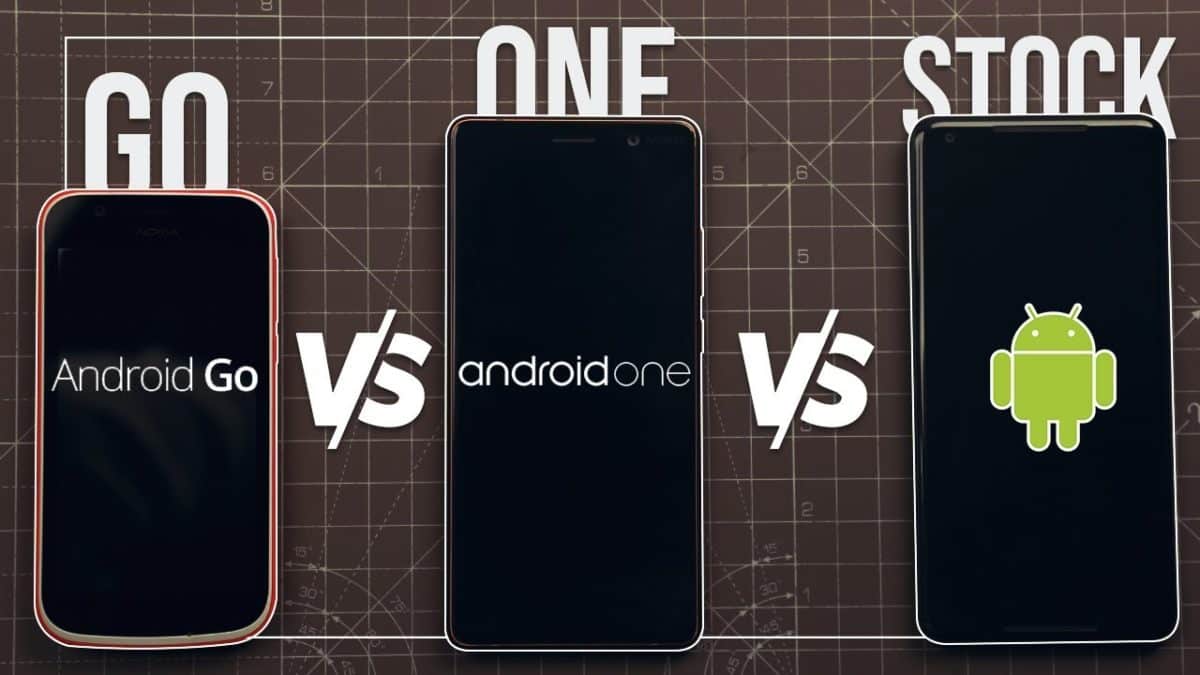We are here to tell you the differences between Android, Android One, and Android Go. The three versions of the same operating system focused on very different devices and whose appearance varies significantly from one to the other. When we talk about operating systems, we need to know that for both mobile devices and laptops, there are many different ones. However, on computers, we split between Linux, Mac, and Windows; on phones, we have iOS and Android.
How to block a number on Android and iOS phones >>
In the following lines, we will focus on cell phones. Therefore, we will explain the differences between Android, Android One, and Android Go. Android is the most used operating system in the world. Google has worked and still works very well, working with different companies, to bet on its operating system and create a big block against Apple and your iPhone ????
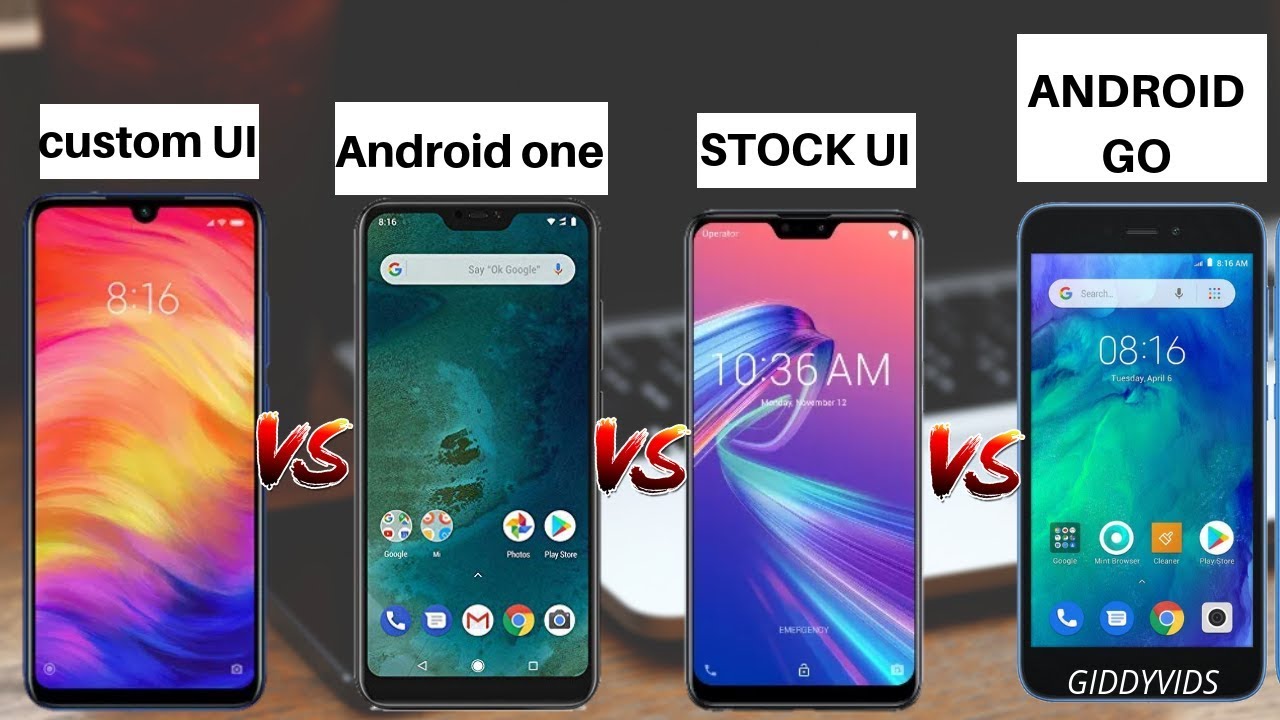
Do you think that in the year in which the first Android smartphone was released, many different operating systems and different manufacturers were running on the phones, this until the arrival of the green robot, which revolutionized the scene?
However, sometimes, there may be users who say that their Xiaomi does not have Android, but MIUI, or that their Huawei does not use Android, but EMUI. Or that your Samsung does not use Android, but TouchWiz (or Samsung Experience). And no, all these “operating systems” are Android and depend on Google. They are simply layers of software that each of the manufacturers has installed on their smartphones.
Now, why do these phones have customized operating systems, while a Pixel or a phone like Xiaomi Mi A2, use pure Android? What is the difference between pure Android and “the other Android”? Below we are going to answer these questions, and we will tell you what the differences are between Android, Android One, and Android Go.
What are the differences between Android stock, Android One and Android Go
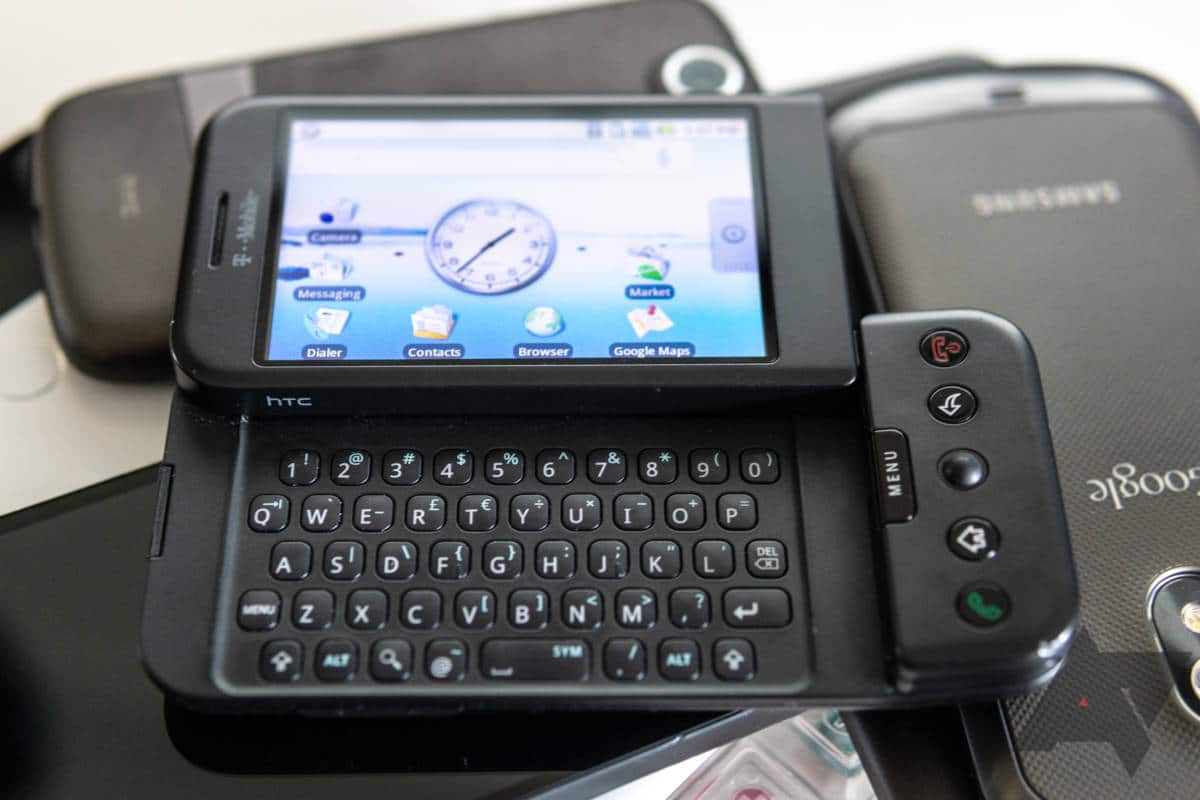
Android or Android stock
Android, or Android stock to differentiate it from new versions, is the first version of Android, the original and, curiously, the purest. Android was born in 2003 but was purchased in 2005 by Google, and only in 2008, we saw the first Android phone, the legendary HTC Dream with Android Donut (and 11 years later, we have Android 10 operating system).
This is the original Android on which different manufacturers work to develop their devices, and is the one that has undergone the greatest changes over time. In addition, Google allows several manufacturers to add their own software to personalize the device.
This is called the “level of personalization,” and in practice, it is what we find in the vast majority of Samsung, Sony, Huawei, or LG phones, to name some of the best-selling brands. This applies to almost all Xiaomi cell phones.
Examples of phones with customization levels:
- Samsung Galaxy S9 + with Samsung Experience/TouchWiz
- Sony Xperia XZ2 with Xperia Home
- Oppo R15 with ColorOS
- Huawei P20 Pro with EMUI
- Xiaomi Mi 8 with MIUI
- LG G7 with LG UX
How to hide files, photos, videos, and apps on Android >>
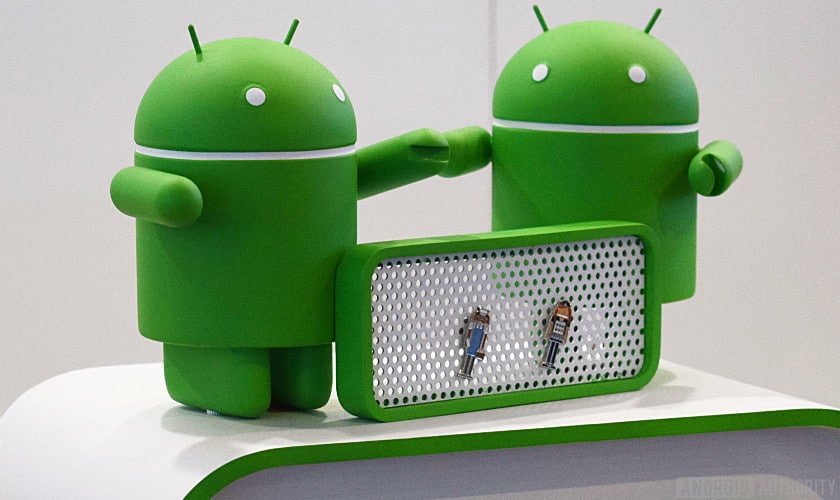
Android One, the purest version
The Android operating system is quite complicated since we are talking about a single operating system, but with numerous changes depending on the manufacturer. Something easier to understand is Android One. And it’s the purest version of Android installed on devices that don’t come from Google. This initiative was born in 2014 and is useful for improving the performance of those low-end devices released in emerging markets.
The layers of customization that are added on Android are real resource-eaters, especially a few years ago, and have always hindered the performance of many devices. This does not happen with Android One. That is, those who adhere to the Android One “plan” are practically forced by Google not to touch the operating system “too much.” Google allows manufacturers to slightly modify the camera app and add some additional applications, such as some of Xiaomi.
This results in mobiles with a very clean version of Android and also faster. Not having the customization layer above the operating system, the performance is more fluid, since there is nothing that consumes resources. Therefore, when we analyze a mobile phone like Xiaomi Mi A2, for example, we appreciate the fantastic performance with Android One and Snapdragon 660 as the processor.
What about updates? On Android One phones, like Android, Google doesn’t interfere. That is, Google releases the new version of Android, then it is the manufacturer who decides when to update their device. However, as there is less “software,” the frequency of updates is generally higher. And yes, 18 months of updates are guaranteed, so a newly purchased Android One already runs with the latest version of Android, and has at least ensured another update if not two.
Examples of mobile phones with Android One:
How to restore an Android to factory settings >>
Android Go
We have come to an end with Android Go, the last to join the party. In December 2017, Google decided that it wanted to end fragmentation in the low range and launched a controlled Android operating system which is called Android Go. The goal is to be the operating system for very low-end mobile phones, and hence Google sets limits.
If a manufacturer wants to install Android Go on their device, it must be a mobile device with 1 GB of RAM and 8 GB of storage space. This is an initiative for mobile phones with very few resources, which is why Google controls all of these devices. Here we are faced with the purest version of Android since the updates depend on Google itself.
So much so that Android Go has its shop and its applications (called “Go”) that consume fewer resources than their older sisters. That is, YouTube GO consumes less than the “normal” YouTube app. You will be asked why and for whom is an Android Go mobile phone, and the answer is simple- for emerging markets.
In countries like Malaysia and India, phones of this type are extremely popular. Therefore, Google wants some sorts of smartphones to be under € 100 and meet Google’s quality standards and work in the best possible way. Hence the birth of an operating system like Android Go.
Examples of mobile phones with Android Go:
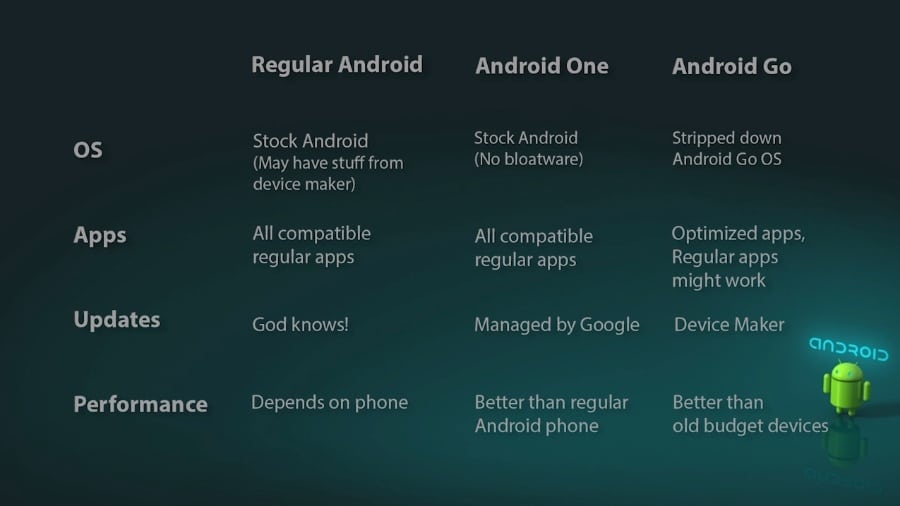
Don’t Miss- Windows vs. OSX – Which is faster
